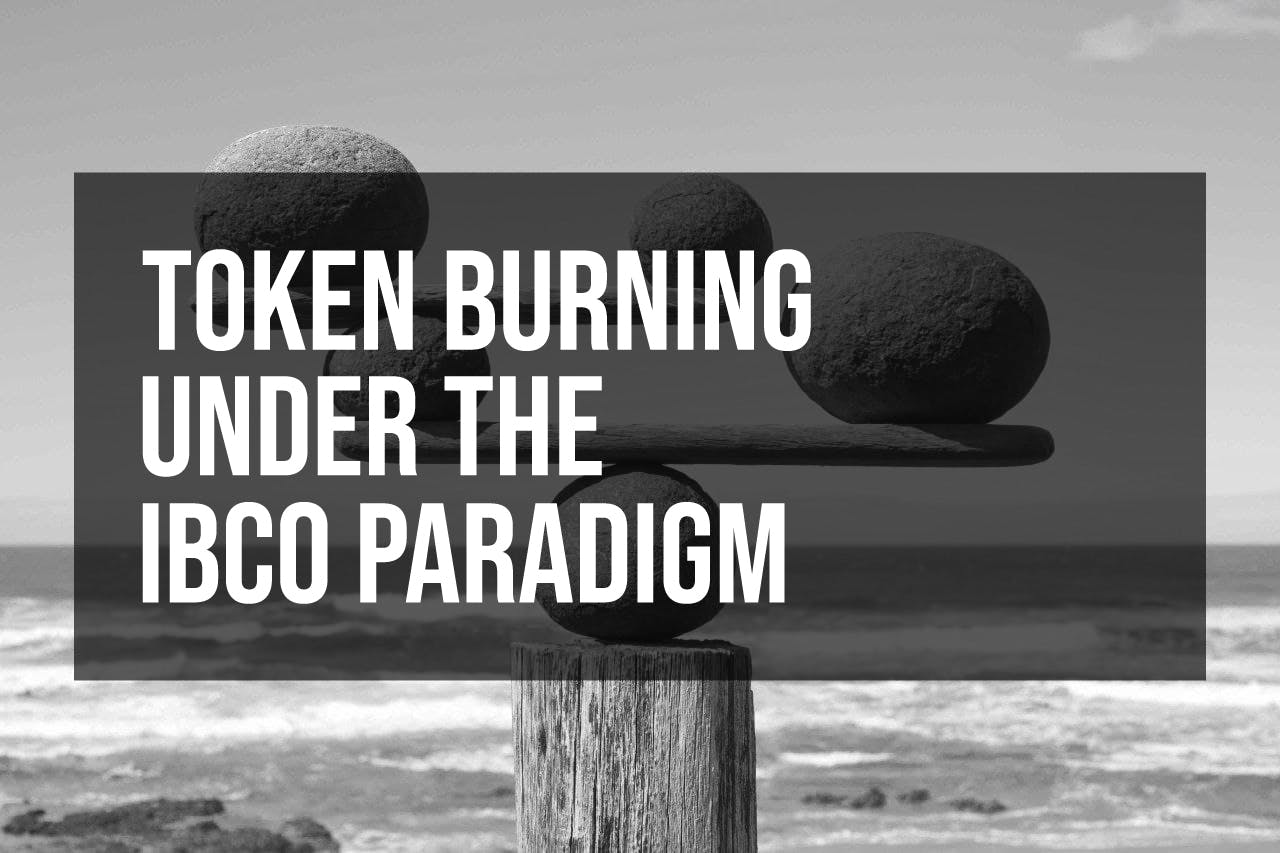
Token Burning Under the IBCO Paradigm
2021-05-28
OVR launched its IBCO using the Aragon Black funding module. Such a framework incorporates all of the components of the IBCO: the DAO, the ERC-20 mintable/burnable token smart contract and the Bancor bonding curve itself. The IBCO funding primitive brings several advantages if compared to traditional ICOs, as we described in this post and clearly defines what the governance rules of the token itself are. The token burning and minting functions are assigned from the DAO to the Bancor AMM; the assignment is hardcoded and cannot be changed to other Externally Owned Accounts (EOA) or Contract Accounts. That means that only buying and selling OVR Tokens on the IBCO can trigger token minting or burning. So how to burn tokens without selling those to the IBCO (negatively impacting the price)?
The solution that we’ll adopt is sending the tokens to be burned to a ‘Burning Smart Contract’ that simply does not have any withdrawal function. Those tokens will be permanently out of circulation since no one (not even the SC owner) can take those out from the smart contract. Those ‘burned’ tokens will not disappear from the total amount of existing tokens but will be permanently removed from circulation, removing their share of selling pressure from the market.
While this burning technique will have all of the general beneficial effects on the price of a token burn, it will not directly affect the token price on the IBCO AMM. The Bancor Formula that controls the static price of OVR on the IBCO is the following:
Static price = Total Supply OVR Tokens / ( Collateral Balance*Connector Weight)
Since the Total Supply of OVR Tokens (total amount of existing tokens) will not change, also the static price of OVR Tokens on the IBCO will not directly change. Yet, it can change indirectly because of market dynamics triggered by the reduction in circulating tokens.
On the 30th of May, to celebrate six months since the launch of OVR and the achievements in terms of financial sustainability, we will have our 1.000.000 OVR token burn that will be only the first of a continuous token burning mechanic that will be announced in the coming weeks. Anyone will be able to independently verify the total amount of OVR Tokens burned by checking the total amount of OVR Tokens owned by the ‘Burning Smart Contract’ on Etherscan.
Now some of you may ask, considering the above described IBCO structure, is there any way token holders can directly influence the price of OVR Tokens on the IBCO? Actually, there is a way to change the static price of OVR Tokens on the IBCO and indirectly change the total supply of OVR Tokens at any price level. To do so, token holders should vote to reduce the Connector Weight (CW).
Let’s imagine token holders vote to reduce CW by 50%: plugging the new number on the Bancor static price formula above would immediately double the price of the OVR Tokens (on the IBCO) for the same existing Total Supply of OVR Tokens and Collateral Balance (DAI). Arbitrage would happen between OVR markets (IBCO, Uniswap V2 & V3, MXC, Bitmat, Gate.io…), burning tokens on the IBCO and balancing the price considering the amount of liquidity on each market. The new equilibrium would be a higher price for the OVR Token (directly induced by the CW change), a diminished amount of Total Supply of OVR Tokens at any price level and higher volatility of the token generated by the smaller amount of Collateral Balance (DAI) at that specific price level.
